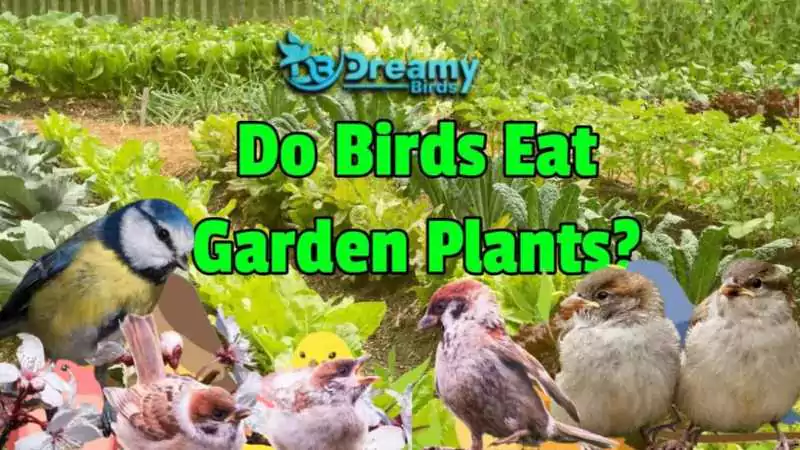Did you know that some birds, like the European Starling, can eat up to twice their body weight in food in a single day? This fact might raise a question for garden lovers: “Do birds eat garden plants and how to protect your green?” It’s a common concern among those who cherish both their gardens and the beauty of birds.
But don’t worry! In this blog, we’ll explore what birds eat and how you can keep your garden safe from them. We’ll give you easy tips on using things like netting, fake birds, and bird-safe sprays to protect your plants.
Get ready to learn how to make a happy space in your backyard for both your plants and the birds. Let’s start this fun and helpful adventure together!
What Do Birds Eat?
Birds have varied diets: insectivores eat insects, nectarivores consume nectar, carnivores prey on animals, frugivores feed on fruits, and granivores eat seeds. Some, like omnivores, have a diverse diet.
Understanding what birds eat is crucial in providing the right kind of food to attract and support them in our environment. Let’s explore the different types of food that birds eat and how they contribute to their survival and behavior.
Read more: How Birds Help Your Garden
Do Birds Eat Garden Plants?
Yes, birds are known to eat a variety of garden plants, including fruits such as berries, cherries, and grapes, vegetables like tomatoes and corn, and flowers such as sunflowers and marigolds.
Birds like to eat fruits, and sometimes this ruins the fruits, making them unsuitable to eat. They also might dig up seeds before the seeds can grow into plants. This can mess up a garden and stop plants from growing well.
Gardeners can solve this problem by covering their fruits and veggies with nets. This keeps the birds away from the plants. They can also use things like fake birds or particular products that make real birds not want to come to the garden.
These things can be scarecrows, shiny tapes, or sprays that birds don’t like. When gardeners use these, it helps stop birds from harming the plants and keeps the garden safe.
To sum it up, birds are lovely to have in gardens, but they can be a problem when they eat fruits and seeds. Using nets, fake birds, or special sprays can help keep the birds away and protect the garden. This way, gardeners can take care of their plants better.
For further exploration on this topic, click here to learn about birds and their interactions with garden plants.
Types of Birds that Eat Garden Plants
Birds are a common sight in gardens, and while they add to the natural beauty, some can also be a nuisance by feeding on garden plants. Understanding the different types of birds that eat garden plants can help gardeners take steps to protect their crops and create a more bird-friendly environment.
1. Seed-Eating Birds:
Some birds, such as sparrows, finches, and doves, feed primarily on seeds. They may be attracted to garden plants that produce seeds, such as sunflowers, coneflowers, and dandelions. These birds can be controlled by using feeders with their preferred seeds to distract them from garden plants.
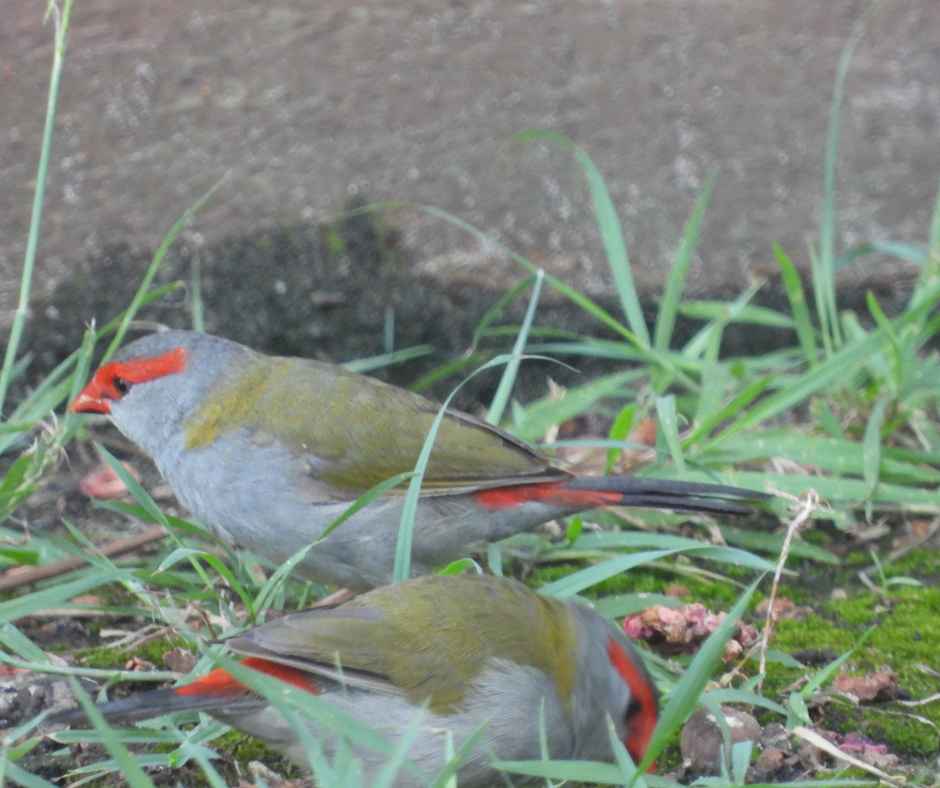
2. Fruit-Eating Birds:
Birds like robins, mockingbirds, and cedar waxwings are known for their love of fruit. They may feed on berries, grapes, and other fruits found in the garden. Gardeners can protect their fruit crops by using netting or creating bird-friendly habitats with alternative food sources.

3. Insect-Eating Birds:
Many birds, including warblers, nuthatches, and thrushes, feed on insects. While they may not directly eat garden plants, they can still impact them by eating beneficial insects. Encouraging insect-eating birds in the garden can help control pest populations while minimizing damage to plants.
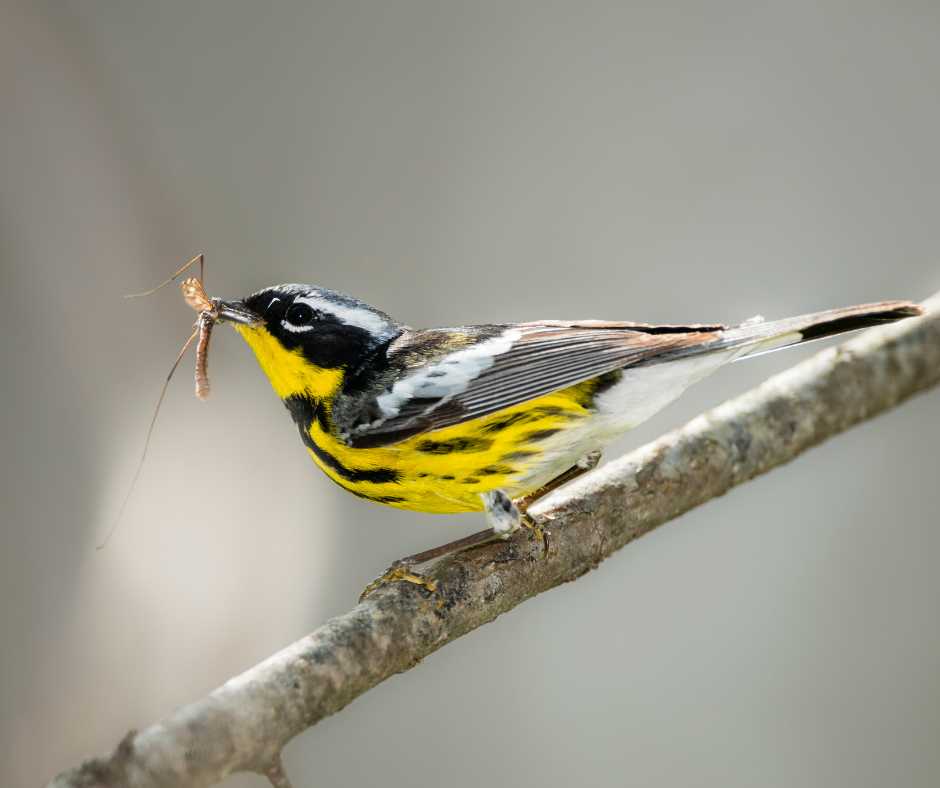
4. Omnivorous Birds
Omnivorous birds like crows, magpies, and grackles can harm vegetable gardens. They eat many things: plants, insects, and small animals. Crows may eat your fruits and veggies. Magpies might damage young plants and fruits. Grackles can ruin seeds and ripe fruits. Watch out for these birds in your garden!
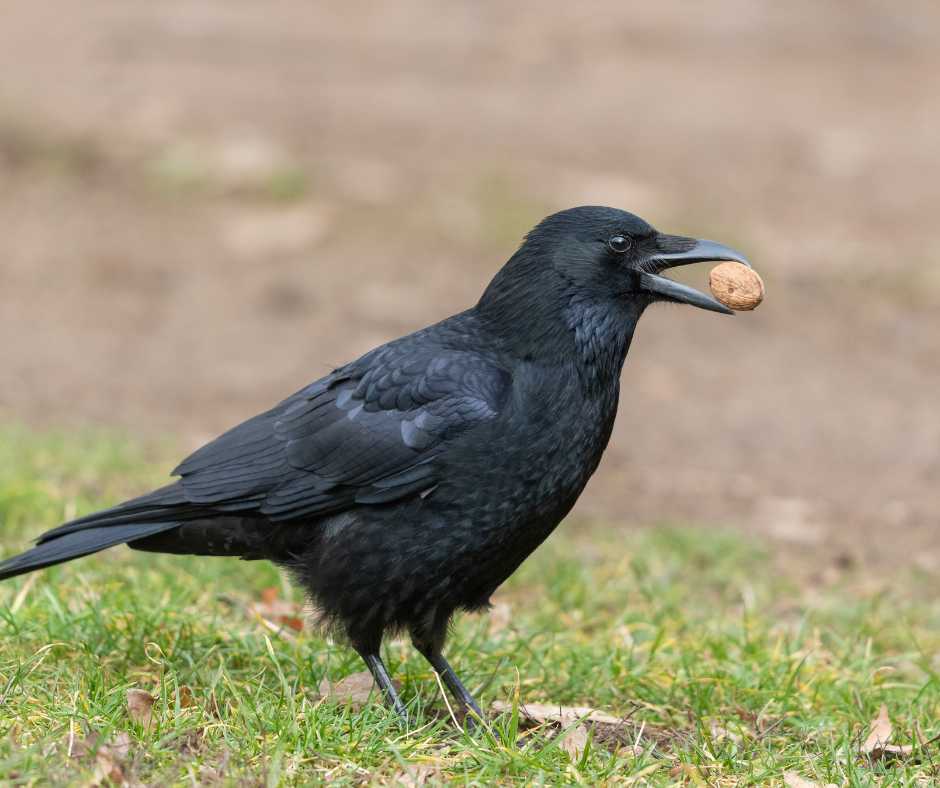
Plant Varieties That Attract Birds to the Garden
Having birds in your garden can make it look beautiful and lively. Birds are great because they help control pests and help with pollination. If you pick the right kinds of plants, you can make your garden an excellent place for many different bird types.
You can choose from lots of plants like bright flowers and yummy berries to bring birds to your garden. Knowing which plants birds like the most can help you make a space that is friendly for birds. This will make your garden more enjoyable and full of life.
Sunflowers and Other Grains
Sunflowers are a good source of essential nutrients, including vitamin E, magnesium, and selenium. They are also high in healthy fats and protein, making them a beneficial addition to a balanced diet.
Sunflower seeds can be eaten on their own, added to salads, or used to make sunflower seed butter. In addition to being a nutritious food source, sunflowers can also be used in crop rotation to improve soil health and attract beneficial insects to agricultural fields.
Quinoa, amaranth, and millet are all gluten-free grains that are rich in protein, fiber, and various vitamins and minerals. Quinoa, for example, is a complete protein containing all nine essential amino acids.
Amaranth is high in calcium and iron, while millet is a good source of antioxidants and B vitamins. These grains can be used in a variety of dishes, such as porridge, salads, and baked goods.
Sunflowers and these gluten-free grains not only provide substantial health benefits to humans but also serve as natural attractants for birds. The seeds of sunflowers, quinoa, amaranth, and millet are particularly appealing to a variety of bird species.
These grains offer a rich source of essential nutrients for birds, making them ideal for bird feeders and wildlife gardens. By growing these plants, farmers and gardeners can enjoy the dual benefits of nutritious crops and vibrant birdlife, enhancing biodiversity in the environment.
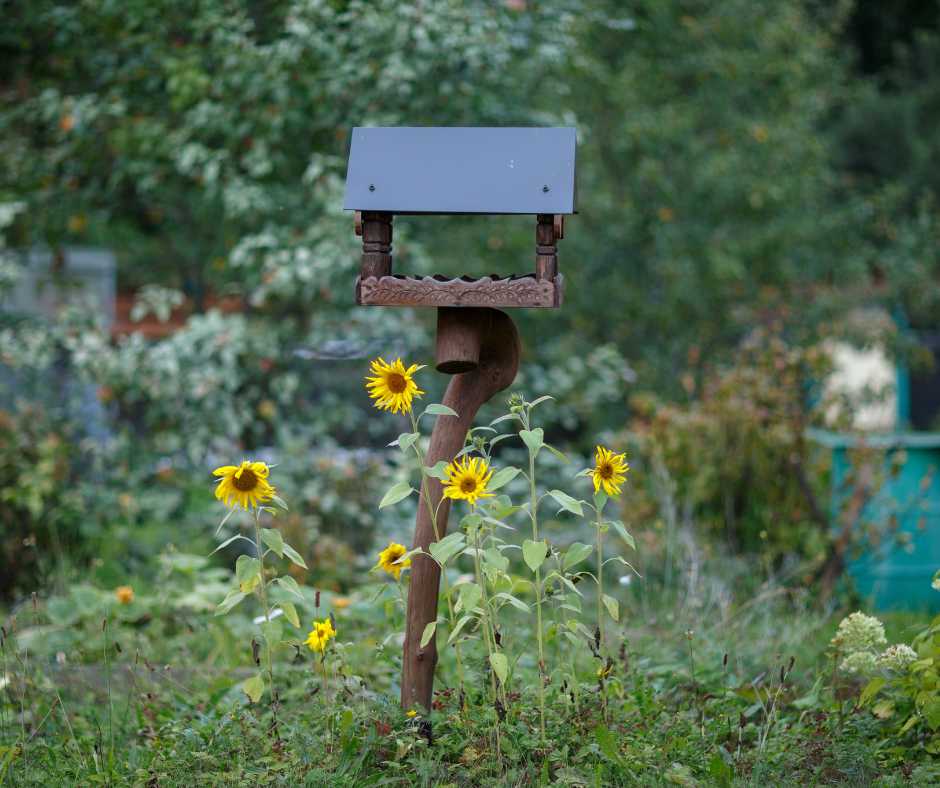
Fruits and Berries
If you want to protect your precious fruits and berries from bird consumption, it’s essential to take some preventive measures. One effective solution is to introduce plant netting or bird netting to create a physical barrier between the birds and your plants.
Make sure to properly secure the netting around the plants to prevent birds from accessing them and causing damage.
In addition to netting, you can also consider using scare tactics to deter birds from feeding on your fruits and berries. Reflective tape or decoy predators are great options to make the birds think twice before approaching your plants.
The reflective tape can create flashes of light that will startle the birds, while decoy predators, like fake owls or snakes, can make them feel like there’s a threat nearby.
By combining plant netting with scare tactics, you can effectively protect your fruits and berries from bird consumption. This will not only ensure a bountiful harvest but also provide peace of mind, knowing that your hard work won’t go to waste.
Plants with Insects and Caterpillars
Plants like milkweed, goldenrod, and coneflower are great at bringing in insects and caterpillars. These little creatures are crucial for birds, especially when they have babies to feed. They give the birds lots of protein, which they really need.
Milkweed is super essential for monarch butterflies. Their babies, called caterpillars, need milkweed to live. Goldenrod has bright yellow flowers that bring in lots of different insects, like butterflies, bees, and beetles. Coneflowers are purple and pretty. They also attract butterflies, moths, and other helpful insects.
When these plants make a home for insects and caterpillars, they help the whole environment stay healthy. This is good for birds and other animals, too. Birds need these insects to stay strong and healthy.
So, if we plant and take care of these plants that insects like, we help birds and make our environment better. This is a good thing for everyone.
Trees for Nesting Sites
Many kinds of trees are perfect for birds to make nests in. Big, old trees with lots of leaves, like oak, beech, and pine, are great because they give birds a safe place to build their nests. These trees are tall and robust, and their leaves hide the nests from predators and bad weather.
Also, trees that are of different heights and have different kinds of leaves, like maple, birch, and willow, are suitable for many types of birds. These trees let different birds pick the best spot for their nests, whether they like being high up or closer to the ground.
Having lots of different trees is essential for birds. It means there are many places for them to build nests that suit what they need.
It’s imperative to have many kinds of trees to help all the different bird families find the right spot for their homes.
How to Protect Your Garden from Hungry Birds
To protect your garden from birds, use netting over plants, hang reflective objects to deter them, set up bird feeders away from the garden, and plant bird-repelling species like marigolds. Regular garden maintenance also helps.
It’s essential to take proactive measures to deter them without harming the birds themselves. By implementing a few simple and humane strategies, you can enjoy the beauty of your garden without the worry of it being devoured by hungry birds.
Bird Deterrents
An excellent way to keep birds away from your garden is to plant a bunch of flowers around the edges. This makes a wall that’s hard for birds to get past, so they can’t hurt your plants.
You can also use nets to cover your fruits and flowers. This stops birds from getting to them. Things like shiny tape or scarecrows are good, too, because they scare birds away from your garden.
Planting certain flowers that birds don’t like can help as well. For example, marigolds have a strong smell that some birds don’t like.
If you use all these ideas together, your garden will be really safe from birds. Each thing works in a different way to keep birds out. When you combine them, they make a powerful shield against birds.
So, by using things to scare birds, nets, unique plants, and flower walls, you can keep your garden safe from birds eating or damaging it.
People Also Asked
Why are birds eating my plants?
Birds may eat your plants for seeds, fruits, or insects they find in them, as these are natural food sources for them.
How do we keep birds from eating seedlings?
Cover seedlings with garden netting or use reflective objects and bird scare devices around your garden.
How do we stop birds from eating plants?
Use physical barriers like netting, install bird deterrents such as scarecrows or reflective tapes, and provide alternative food sources for birds away from your plants.
Do birds eat flowers?
Yes, some birds do eat flowers, mainly for nectar, pollen, or tiny insects found in them.
Wrap Up
In wrapping up, it’s clear that our feathered friends and our gardens can indeed live in harmony. Sure, birds might nibble on our plants now and then, but with a few intelligent tricks like netting and decoys, we can keep our gardens thriving. It’s all about balance and understanding.
So, let’s enjoy the beauty and song of birds while also protecting the fruits of our hard work. Here’s to a garden that’s a haven for both plants and birds alike!

